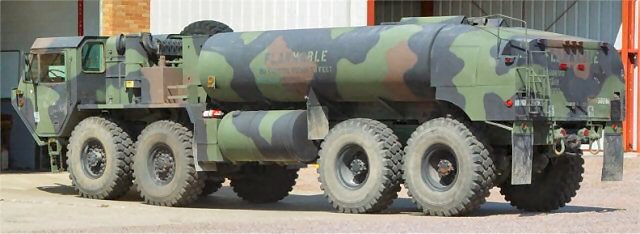TOSDOC wrote:They've been replicating things like that since TOS--I remember in "A Private Little War" they were going to start mass-producing flintlock rifles for a native race, and McCoy was complaining in "Patterns of Force" that the computer got his measurements wrong for his clothes. And "Data's Day depicted kids getting toys and people replicating wedding gifts.
A problem with replicating large items such as starships may be the mass involved, at least in TOS time. A living being is an incredibly complicated thing to take apart and put back together correctly--miss just a few of those neuron pathways, and you may lose all your starfleet classes. But this is never touched upon--instead we get Scotty in Star Trek IV concerned over how he's never beamed 400 tons of matter before, most of it plain seawater. Now this is just conjecture, but it sounds like this implies that no matter the complexity of the subject, with increases in mass you could have greater transition times, power consumption, and computer utilization all at once, which may inhibit ease of using replicators on large scale complex items after a certain point.
I think in the case of Star Trek IV, the transporter itself is limited in size due to the fact that transporters have to take material naturally present in the local atmosphere to reproduce the items necessary, and in essence create anything that isn't there. In regards to water, that's simple H
2 and NaCl. The oxygen and hydrogen aren't going to be that big a deal to produce, but it will be the salt in such quantities that will be the real problem. Also, obviously, the amount of carbon and calcium and other necessary materials needed to produce two humpback whales. I imagine that, in the case of transporters, there is a certain amount of stock material ready on standby to reproduce most necessary materials, such as clothing and other components. However, that stock of materials might not be up to the job of creating something that's several orders of magnitude larger than the mass of a full compliment of soldiers. If the average man weighs about 250 lbs and has 60 lbs of gear, that's about 310 lbs per soldier. If a pad can hold six men, that's 2460 lbs, or about 1.25 tons.
Now, I know the transporter probably creates materials out of pure energy. That's not really a big issue, if it only happens on the small scale. Remember, we said most transporters average below 2 tons, even for the heavier aliens. If I were designing a transporter, I'd probably top it out at about 5 tons. That should be easy enough to do. And if the materials you need are there, in the local environment, sure you can go bigger. But we're talking 400 tons here. The whales are about neutral buoyancy, and so we can assume that of that 400 tons, the two humpbacks weigh approximately 79,000 lbs each, or 39.5 tons each for a total of 79 tons. 400 minus 79 leaves 321 tons. Because saltwater is on average 3.5% salinity, for every pound of salt, you need 285.608 lbs of water. This doesn't sound very bad, but if you have 321 tons of seawater, that's 2247.836 lbs of salt! And that's just one part of the equation. Even with the more advanced Federation technology, I'm sure Mr. Scott was worried about having to come up with the necessary minerals to beamup that much, and he was using Klingon technology to do it!
Anyway, back to the topic at hand. Considering the replicators in this case would probably have access to the materials simply being moved into close enough proximity to simply rearrange the materials instead of actually form them from energy or fusing items together, it's reasonable to assume that the biggest source of energy will be taken up simply applying force to move atoms around and rearrange them. Applying force against an object does impart energy, and so I wonder how the replicator stops the items. Does it simply let the items collide? That collision will alter their trajectories, so the computer would need to apply another force to stop the collision. Because the two objects will have imparted energy on each other, the net energy required to stop the two atoms would be equal, though the velocities would be less because some of the inertia was imparted to the stationary atom. Regardless of how, the atoms would need a starter atom to get the reaction started, building mass and simply adding to it. That much energy would indeed create heat, so I wonder how the replicators aboard a starship deal with it? Does it bombard the material with electromagnetic waves to cause a reversal of microwaves? Or does it instead simply force cold air as necessary to keep the reactants cool until the user goes to retrieve the item?
As far as testing goes, I'm sure that, for small scale applications, a few atoms out of place won't greatly affect things in regards to food or function. Even when transporting someone, if an atom gets misplaced in the DNA, that cell will be treated as a mutation, and destroyed by the body. Or not, and that person has instant cancer. That must be in the brochures... get instant cancer in thousands of cells throughout your body. Don't worry, you'll be fine with the best in Starfleet's medical corps. Who is simultaneously treating thousands of other cancer patients from transporter usage. Did we mention this is the safest mode of travel? Imagine what shuttles must be like to ride in.
 Mk 48 Logistic Vehicle System in tanker configuration
Mk 48 Logistic Vehicle System in tanker configuration Mk 48 Logistic Vehicle System
Mk 48 Logistic Vehicle System

